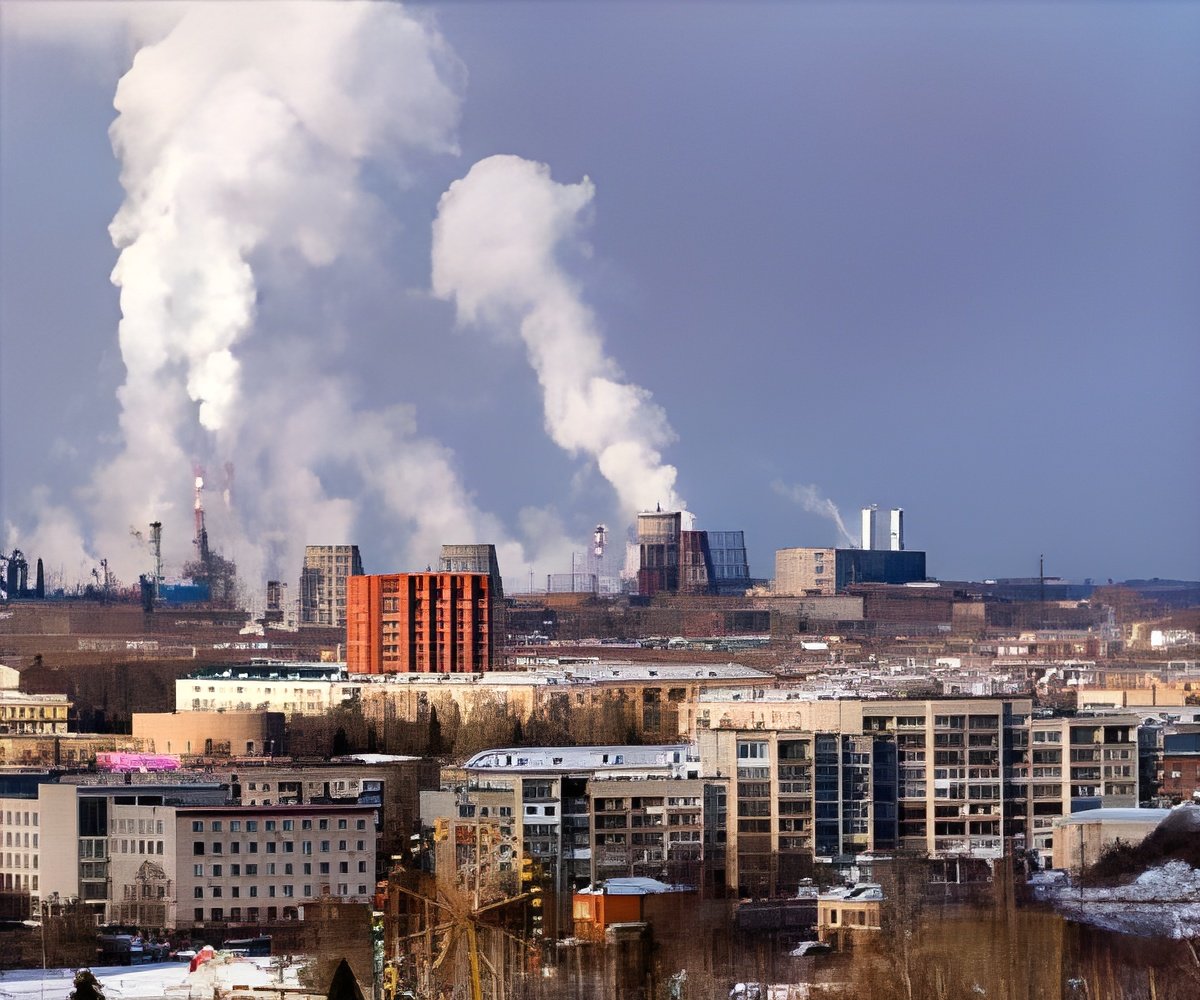
‘Excess emissions in Texas cause approximately $150 million a year in negative health consequences.
’
Tweet it Now
The study, "Understanding Excess Emissions from Industrial Facilities: Evidence from Texas," has been published online by the journal Environmental Science and Technology. Additional authors are SPEA assistant professor Alex Hollingsworth and associate professor David Konisky. It is the first study to examine statewide excess emissions of a range of air pollutants produced by multiple industrial sectors over a period of time, from 2002 to 2016. Industrial sectors include refineries, oil and gas fields, chemical plants and natural gas facilities.
The researchers found that a few events at a handful of facilities produced a large share of excess emissions. The typical excess event produced about 1 ton of emissions, but some produced more than 1,000 tons. In the refining sector, six refineries caused 77 percent of carbon monoxide excess emissions.
Over the period of the study, excess emissions boosted routine emissions in Texas by 7.5 percent for volatile organic compounds and about 2 percent for sulfur dioxide and carbon monoxide. But in certain industrial sectors the figures are larger; in oil and gas fields, for example, excess emissions of sulfur dioxide increased routine emissions by 17 percent.
In some facilities, excess emissions produced more pollution than normal operations. At one refinery, a 56-hour event in 2003 released more sulfur dioxide than the plant was permitted to emit for the year.
Advertisement
The U.S. Environmental Protection Agency looks to states to regulate emissions through state implementation plans. But it wasn't until 2015 that the EPA began pushing states to effectively regulate excess emissions. With a recent change in leadership at the EPA, the enforcement of regulations on excess emissions may be in flux, the researchers say.
Advertisement









